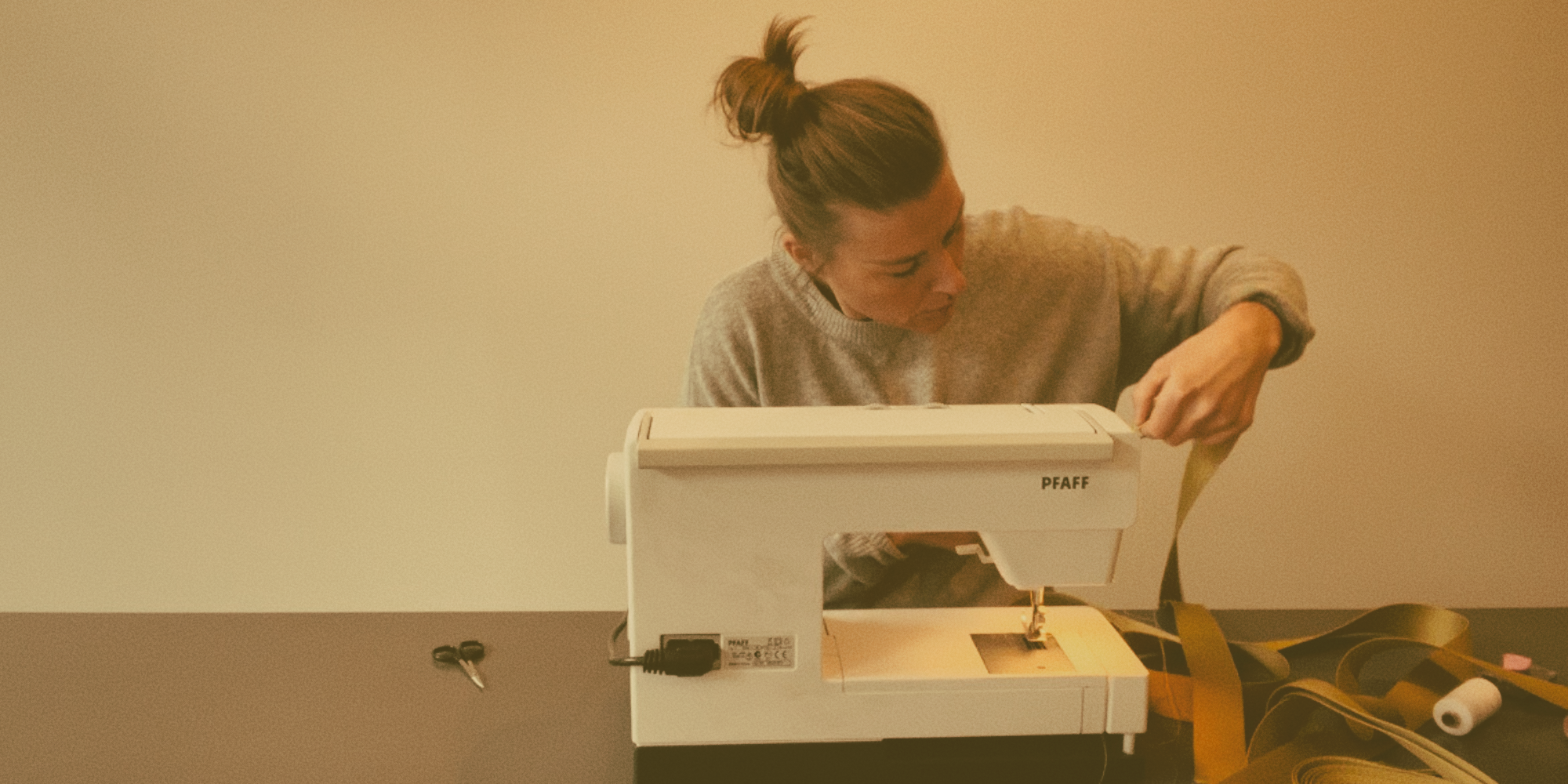
Do you have a FOMO Baby?
FOMO stands for "Fear of Missing Out".
It describes the feeling of fear or anxiety about missing out on exciting or important events or experiences. It is a term often used in connection with social media and the modern technology where people can see the activities and events of others. Therefore, we usually use it in connection with young people and adults who come to experience pressure or dissatisfaction with their own situation as a result.
But I actually think the term can also be fine to use for small children who are afraid of missing out on all the fun in life. It is not a disease. It is not a diagnosis. But some people and some kids are more prone to FOMO than others. I almost think I can see it in the children who easily fall into this category. They are often very attentive. Follows everything. Would like to be there where there is celebration and colors, people and interaction. They are happy to miss out on basic elements like food and sleep in order not to miss out on life. It doesn't have to be a problem. It is in many ways a gift to be a parent to children with this huge desire to be with where it happens all the time. But it is also a task. My clear experience is that these children (and adults) are a little difficult to read. They hide signs of fatigue better and almost get bigger eyes when the sleep pressure increases.
It is in many ways a gift to be a parent to children with this huge desire to be with where it happens all the time. But it is also a task.
Children of different ages and stages experience and express experiences differently. Some drive up, others get frustrated or sad. I have slightly different advice for families who find that it can be challenging to convince the little person that sleep is not just a surplus, but actually an important part of life. It can almost seem provocative if someone says " you should just cuddle her when she seems tired " or " he doesn't look tired at all ".
"It can almost seem provocative if someone says " you should just cuddle her when she seems tired " or " he doesn't look tired at all "
It might be an idea to look a little more at the clock than at signs of fatigue in these children. I have often heard parents describe that the line between fresh and overtired is incredibly thin. As if the period of time when the child is "suitably" tired just doesn't exist. For children over one year of age, it can be a good rule of thumb to ensure that sleep needs and wakefulness needs match the child's age and then stick to fixed bedtimes so that the circadian rhythm becomes strong. With the very young, it is more about the waking time per time suits the child's age and needs.
For the children who sleep in their own room, it can be fine to separate the sleeping area and the play area from each other. This can be done by having a partition or a curtain, which shields all the impressions that offer play. I think sometimes we parents, in our eagerness to make the sleeping place something cosy, end up taking the whole play station into bed with us. It's like me telling you as an adult to go to sleep and then putting on the new movie with Ryan Gosling that you are NOT allowed to watch or watch.. impossible right?
If the child has difficulty falling asleep, try to reduce the number of teddy bears and colors that the child can look at.
I think sometimes we parents, in our eagerness to make the sleeping place something cosy, end up taking the whole play station into bed with us. It's like me telling you as an adult to go to sleep and then putting on the new movie with Ryan Gosling that you are NOT allowed to watch or watch.. impossible right?
Adults know that the more exciting and the more colorful things are, the more we want to look at them. Something suggests that more dopamine is produced, which rewards the brain. And then it's harder to let go. Think about using bedding , bedspreads and wallpaper without too much frills. If necessary, choose only plain colored textiles.
Darkness also helps to "turn off" all the fun. The darker the better. Get some really solid blackout curtains so that daylight can be shut out at night.
By Karen Kildahl, co-founder of the " Center for Children and Young People's Sleep " as well as sleep specialist, child health advisor and midwife.








